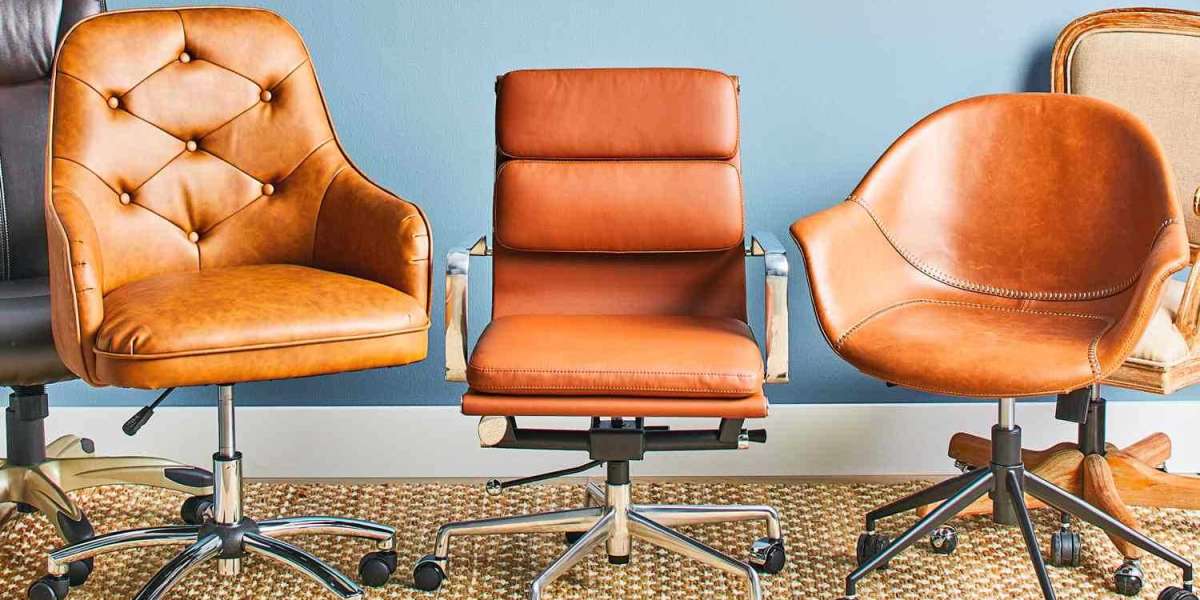In today’s environmentally conscious world, selecting eco-friendly office furniture is a responsible choice that benefits both the planet and your workplace. Eco-friendly furniture can contribute to a healthier work environment, reduce waste, and promote sustainability.
1. Understand Eco-Friendly Materials
A. Sustainable Wood Sources
- FSC-Certified Wood: Look for furniture made from wood sourced from sustainably managed forests, certified by the Forest Stewardship Council (FSC). This ensures that the wood is harvested responsibly and that forest ecosystems are preserved.
- Reclaimed Wood: Furniture made from reclaimed or recycled wood minimizes waste and reduces the demand for new materials. This option adds a unique character to your office while being environmentally friendly.
B. Alternative Materials
- Bamboo: Bamboo is a fast-growing grass that is highly renewable and strong, making it an excellent sustainable choice for office furniture.
- Recycled Materials: Consider furniture made from recycled plastics, metals, or other materials. This helps reduce landfill waste and resource consumption.
2. Check for Certifications
A. Eco-Friendly Certifications
- Greenguard Certification: This certification ensures that products meet strict chemical emissions standards, promoting healthier indoor air quality.
- LEED (Leadership in Energy and Environmental Design): Furniture that contributes to LEED certification supports sustainable building practices and energy efficiency.
- Energy Star: While primarily for appliances, Energy Star-rated products indicate energy efficiency and reduced environmental impact.
3. Assess Manufacturing Processes
A. Sustainable Manufacturing
- Low-VOC Finishes: Choose furniture finished with low-volatile organic compounds (VOCs) to reduce harmful emissions and improve indoor air quality. VOCs can contribute to health issues and environmental pollution.
- Ethical Labor Practices: Research the manufacturer’s labor practices to ensure that the furniture is produced in a socially responsible manner.
B. Local Production
- Supporting Local Businesses: Opt for furniture made by local manufacturers to reduce transportation emissions and support the local economy. Local production often means a smaller carbon footprint.
4. Consider Durability and Longevity
A. High-Quality Construction
- Built to Last: Invest in well-constructed furniture that can withstand wear and tear over time. Durable furniture reduces the need for frequent replacements, minimizing waste.
- Timeless Design: Select classic designs that won’t go out of style quickly, ensuring that your furniture remains relevant and functional for years to come.
B. Repairability
- Easily Repairable: Choose furniture that can be easily repaired rather than replaced. This contributes to a more sustainable approach and extends the life of the products.
5. Evaluate Functionality and Multi-Use Options
A. Multi-Functional Furniture
- Space-Saving Solutions: Look for furniture that serves multiple purposes, such as desks with built-in storage or convertible seating. This maximizes utility and reduces the need for additional pieces.
- Flexibility: Modular furniture that can be reconfigured easily adapts to changing needs and reduces waste associated with discarded items.
6. Prioritize Aesthetics and Comfort
A. Workplace Wellness
- Ergonomics: Eco-friendly furniture should also prioritize comfort and ergonomics. Choose chairs and desks designed to promote good posture and reduce physical strain.
- Natural Elements: Incorporate natural elements, such as plants or wood finishes, to create a calming and inviting workspace that enhances employee well-being.
B. Color and Finish
- Natural Dyes and Finishes: Opt for furniture finished with natural or water-based dyes and finishes that are less harmful to the environment.
7. Involve Employees in the Selection Process
A. Gather Feedback
- Employee Preferences: Engage employees in the selection process by seeking their input on preferred styles, materials, and functionality. This fosters a sense of ownership and satisfaction with the workspace.
B. Promote Awareness
- Sustainability Education: Educate employees about the benefits of eco-friendly furniture and practices. This encourages a culture of sustainability within the workplace.
8. Conclusion
Selecting eco-friendly office furniture is an important step toward creating a sustainable and healthy work environment. By understanding materials, checking certifications, evaluating manufacturing processes, and prioritizing durability and functionality, organizations can make informed choices that benefit both their employees and the planet. Embracing eco-friendly practices not only enhances workplace aesthetics but also promotes well-being, efficiency, and social responsibility. In an increasingly eco-conscious world, making sustainable choices in office furniture is not just a trend; it’s a commitment to a better future.
reddestin.pk








